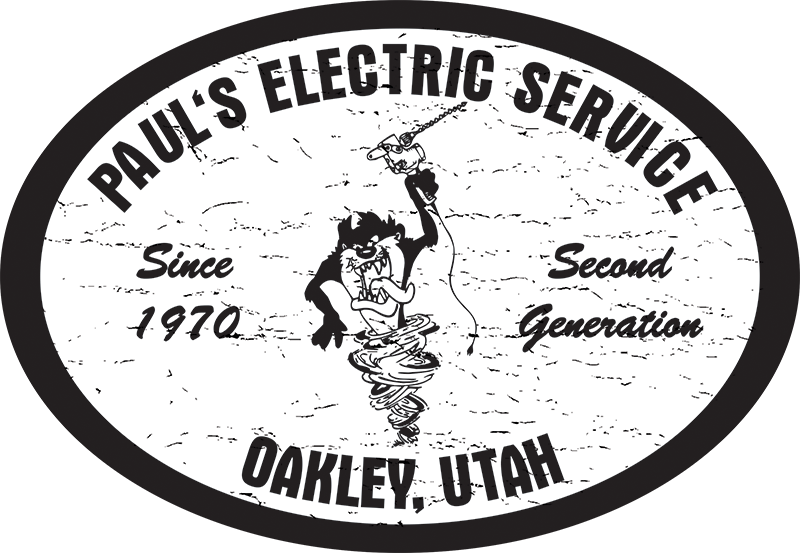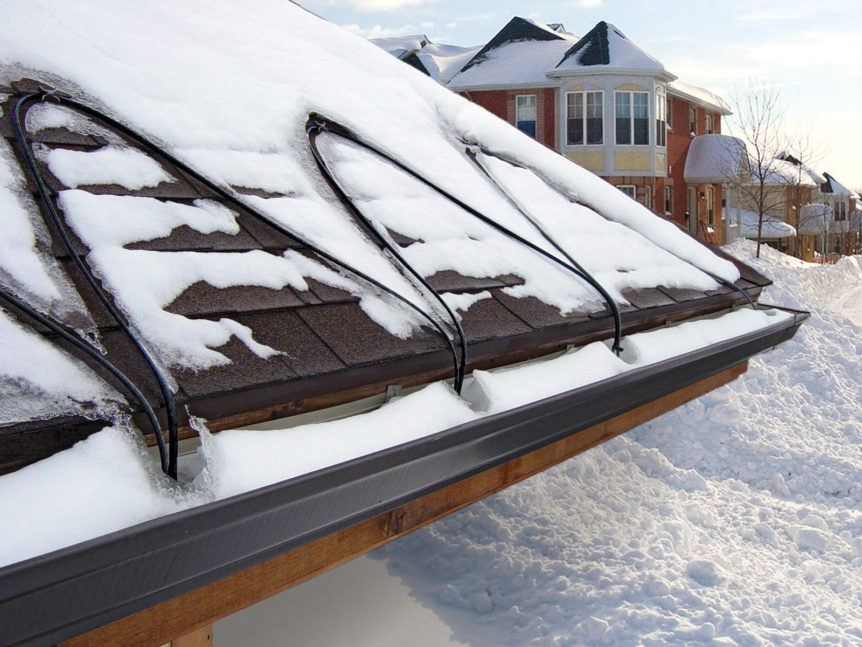Let’s start by asking the important questions about self-regulating and constant wattage cable – what is the difference between the two types of heating cables and is one more effective than the other?
Electric heating cables are wire cable that produces heat, also referred to as heat trace cable. Heating cables can be used in a wide range of applications for the home, such as floor heating, heat loss replacement, pipe freeze protection, roof and gutter deicing, and snow melting. There are two different kinds of cables, self-regulating and constant wattage, and both can serve the same purpose, although the application will typically determine the best solution for the job.
And, before we dive deeper into the differences between self-regulating and constant wattage cable, there is an important clarification that should be made in regard to the heating cable – whether it is self-regulating or constant wattage cable. Heating cable, most specifically in the application of pipe tracing and roof and gutter deicing, is commonly referred to as heat tape with the assumption that they are two different types of systems. However, “heat tape” is simply a slang term that has gained wide usage in the industry, but is actually just another term for heat cable.
Self-Regulating Heat Cable has a special conductive core between the two bus wires. This core becomes more conductive during cold ambient conditions; therefore the heating cable will increase its wattage per lineal foot, in response to the cold. This feature makes it ideal for the freeze protection of exposed pipes in the winter. This type of cable will also decrease its power output (watts per lineal ft.), in warmer conditions, when the higher temperature will make the special core less conductive. Although its called “self-regulating,” this cable heater will NOT turn itself completely on or off. So, we do recommend that a controller or thermostat of some sort to be used with this type of heating wire.
Constant Wattage Heat Cable is a heating cable that has the same wattage per lineal foot (power output), throughout its entire length. Since this wattage cable is generally not affected by varying ambient or pipe content temperatures, it provides a constant heat output. So, this type of heating cable is preferred for homeowners who want to ensure that environmental conditions will not affect their heating output.
Pipe trace constant wattage has a higher temperature output and tolerance. It consumes more power so it requires a controller or thermostat and some types can be cut-to-length. Self-regulating cables have a lower temperature output and tolerance. They consume less power, but require larger breakers. This type of cable is designed to be cut-to-length, by the installer.
Paul’s Electric Service installs both self-regulating and constant wattage cables for both indoor and outdoor applications. For the outdoor products, our Ice Shield Roof & Gutter Deicing system is specifically manufactured as self-regulating cables.
A good Snow Melting system is designed as a constant wattage cable, and is available in 120V and 240V versions with 12 watts per lineal ft. The cable comes in lengths ranging from 43’ to 428’ and can be used on asphalt, concrete, or in mortar under pavers.
Whether self-regulating or constant wattage, both heat cable types serve the same purpose of melting and deicing the outdoor snow and ice or heating floors indoors. For pipe tracing and roof and gutter deicing, self-regulating heating cables are more efficient because of their ability to heat up when the temperature drops outside. For snow melting projects, constant wattage heating cables are the preferred method because of their ability to continuously melt snow and ice under asphalt, concrete, pavers, and mortar – even during the harshest storms and climate changes.
Whether you are looking for self-regulating cables or constant wattage cables, Paul’s Electric Service has a heating solution for you.
Special Note Regarding Ground-Fault Protection
According to the National Electrical Code (N.E.C.), electric heating equipment for pipelines and vessels should have ground-fault protection of the equipment for all projects related to electric heat tracing. This requirement may not apply in industrial establishments where there is an indication of ground faults. Also, you must ensure that only qualified persons service the installed system. It is important to note that ground-fault protection of the equipment should be provided for fixed outdoor electric roof and gutter deicing and snow melting systems, with the exception of equipment that employs mineral-insulated, metal-sheathed cable embedded in a noncombustible medium (a type of constant watt cable).

